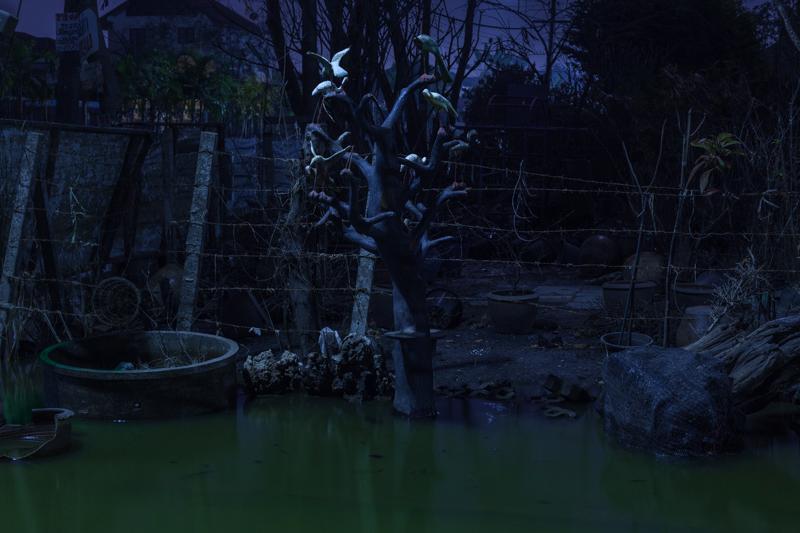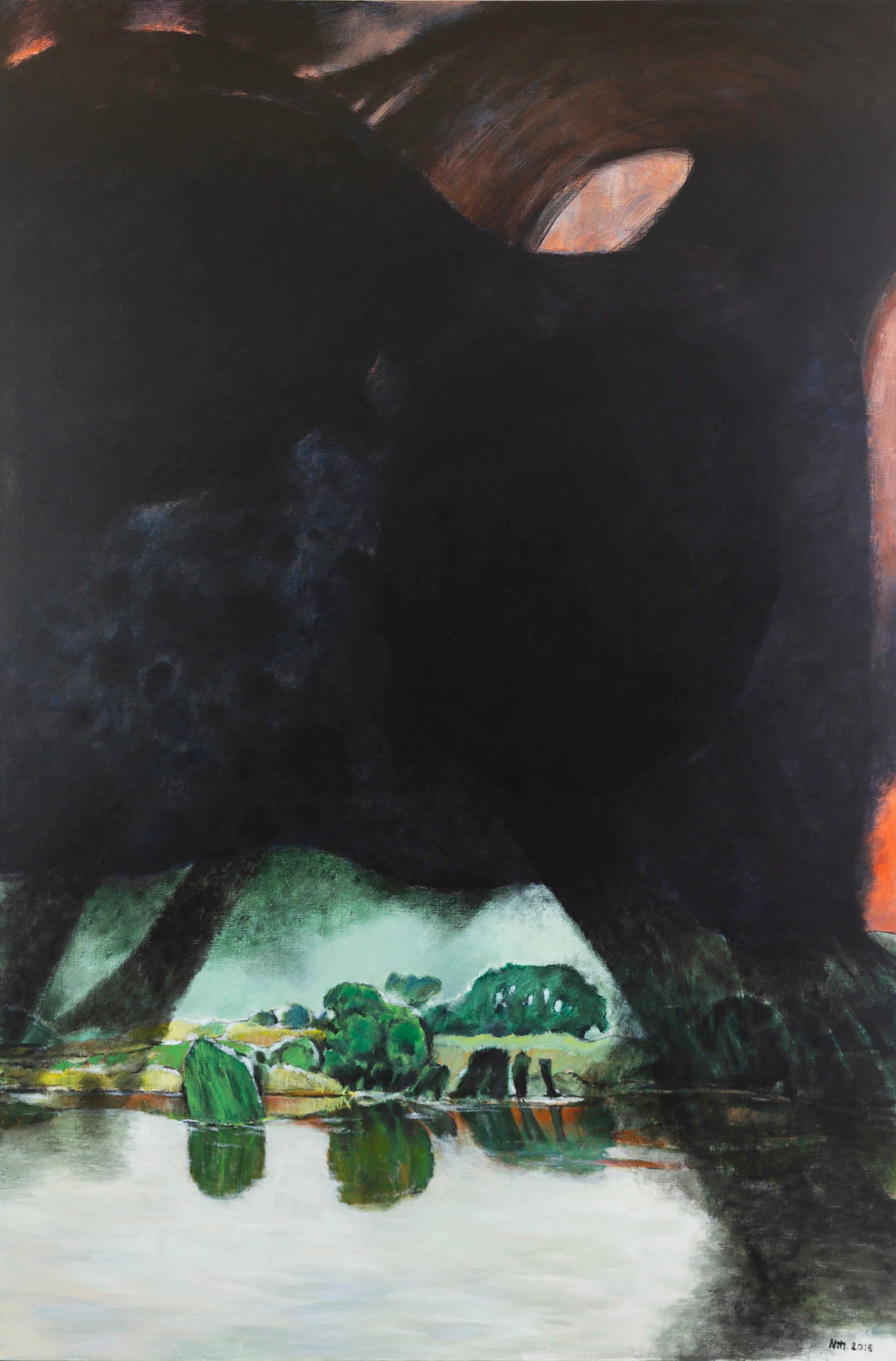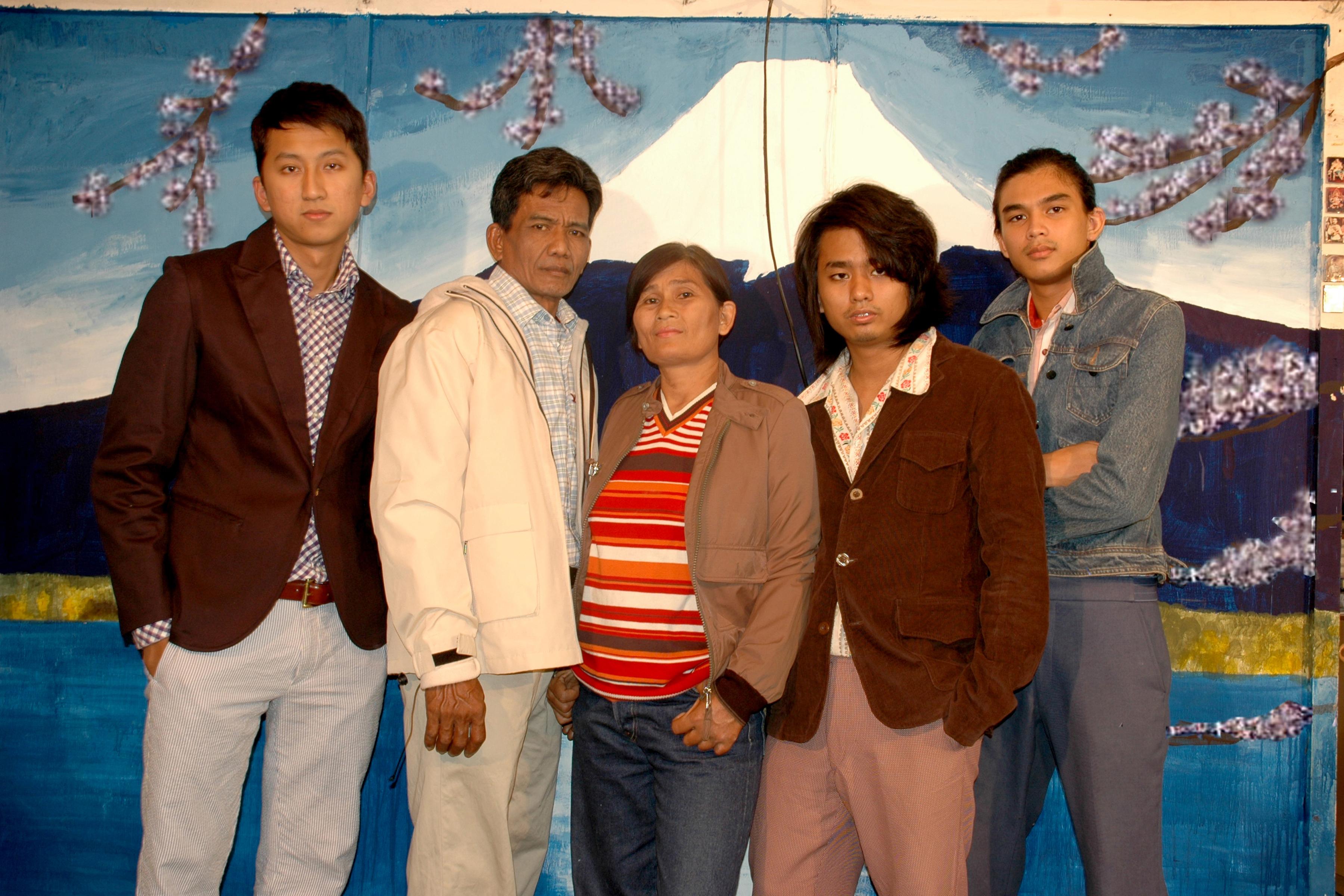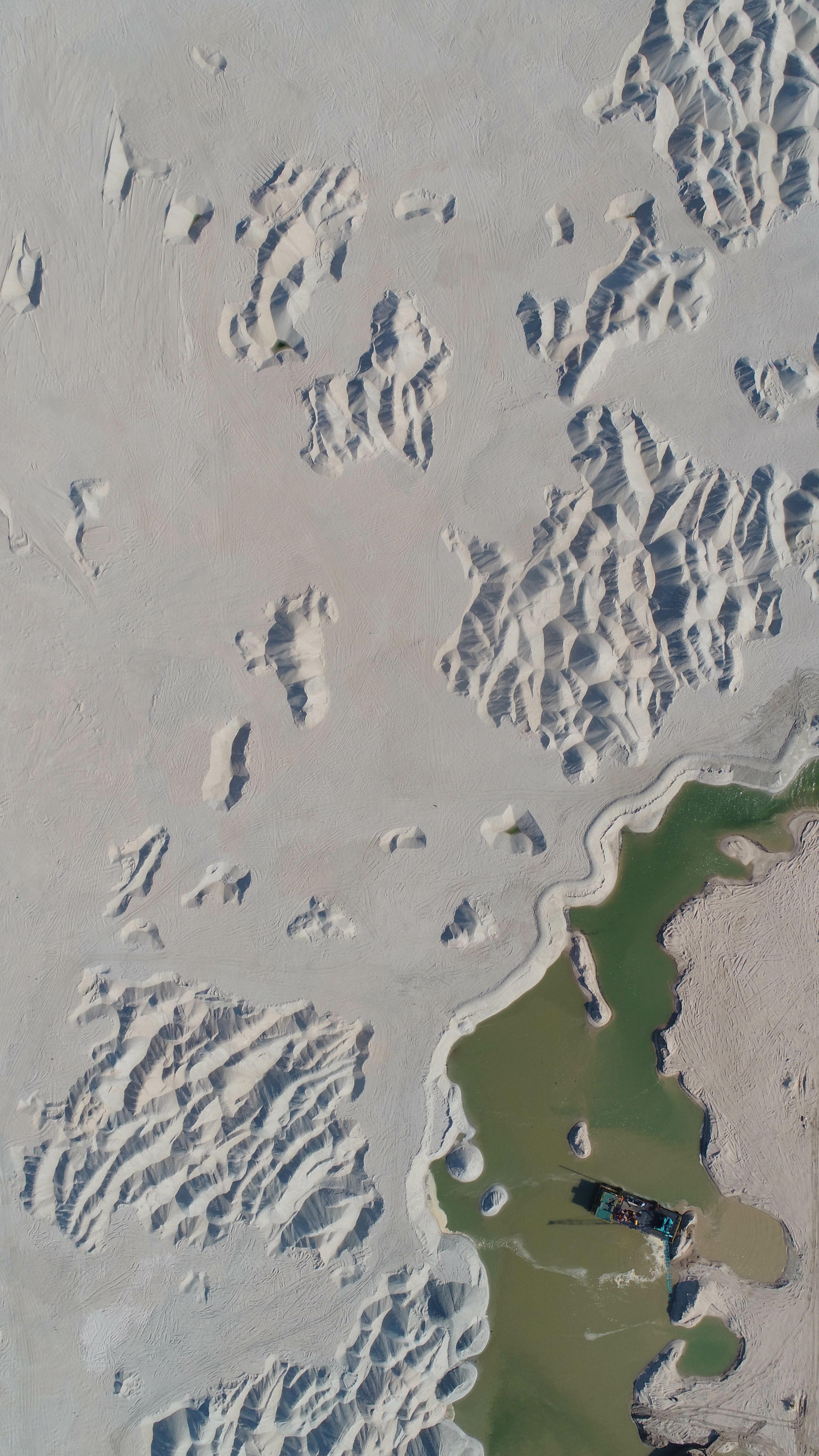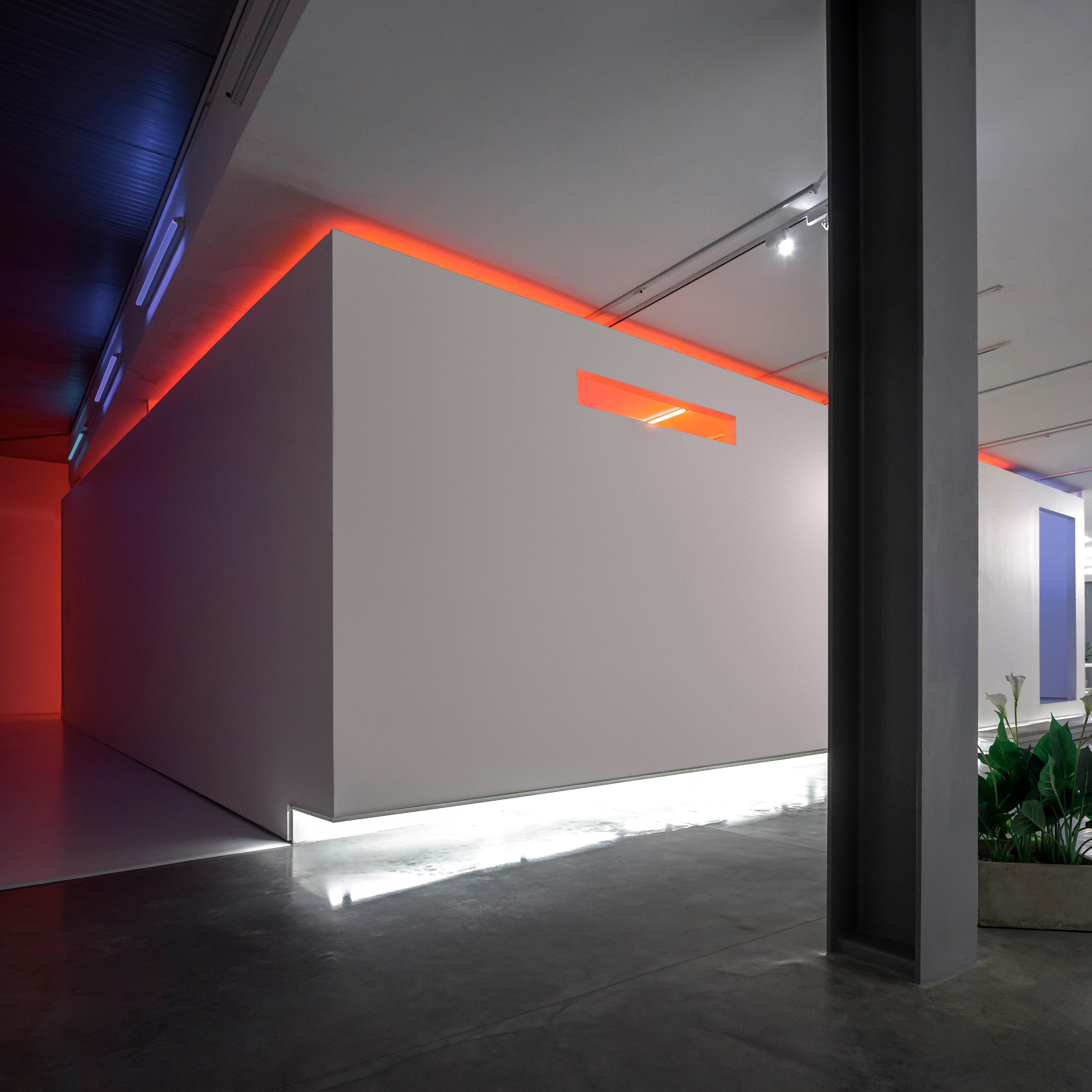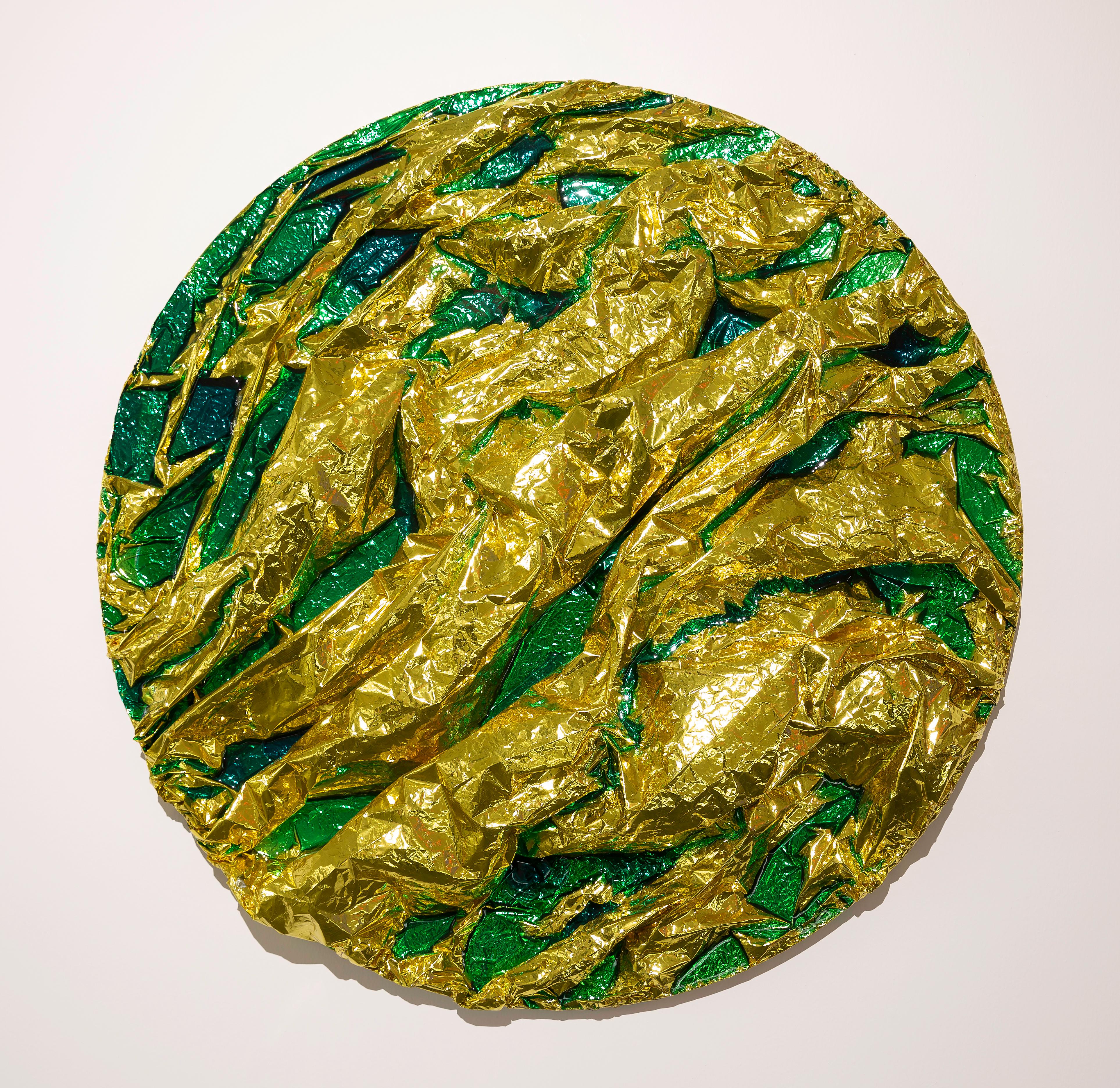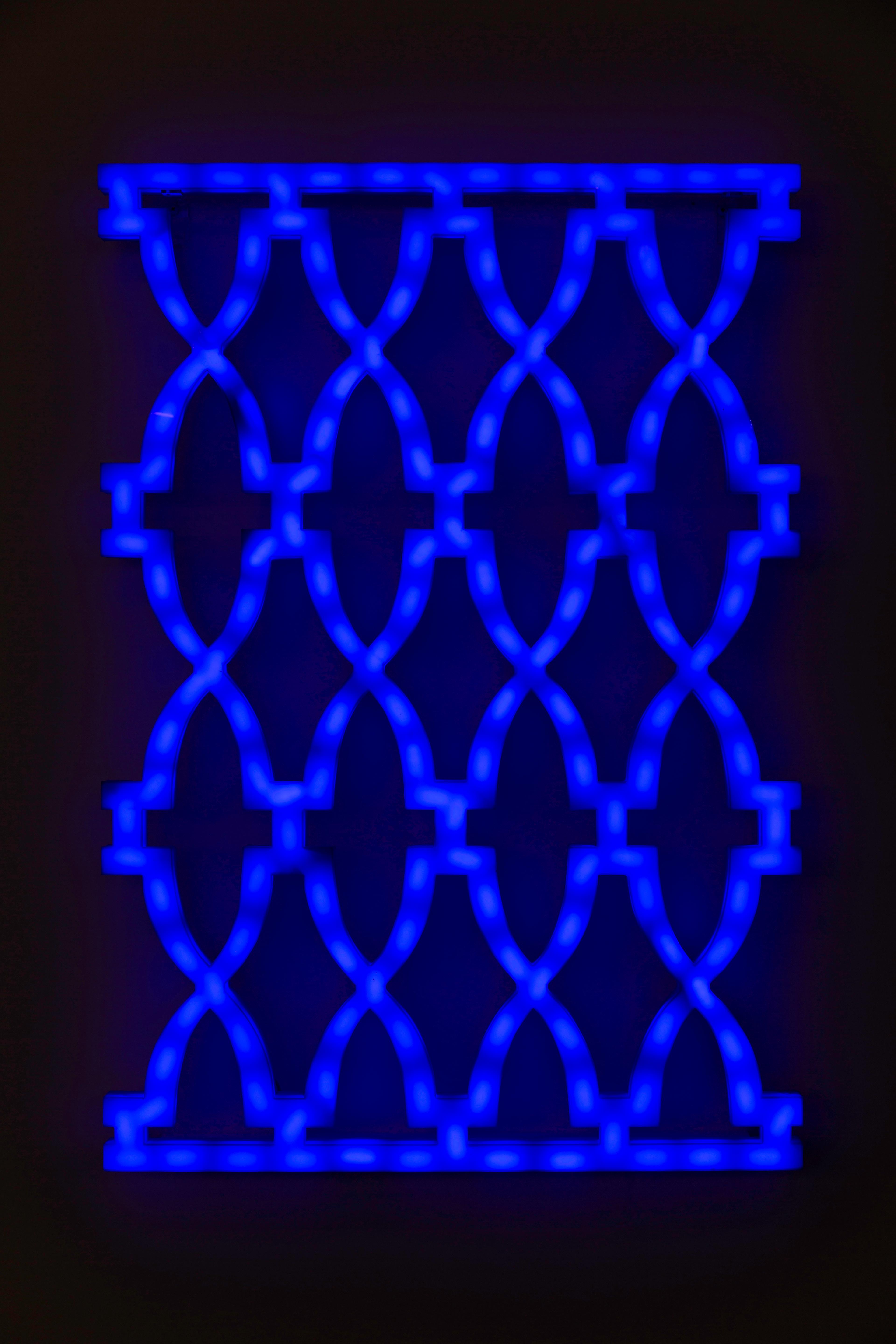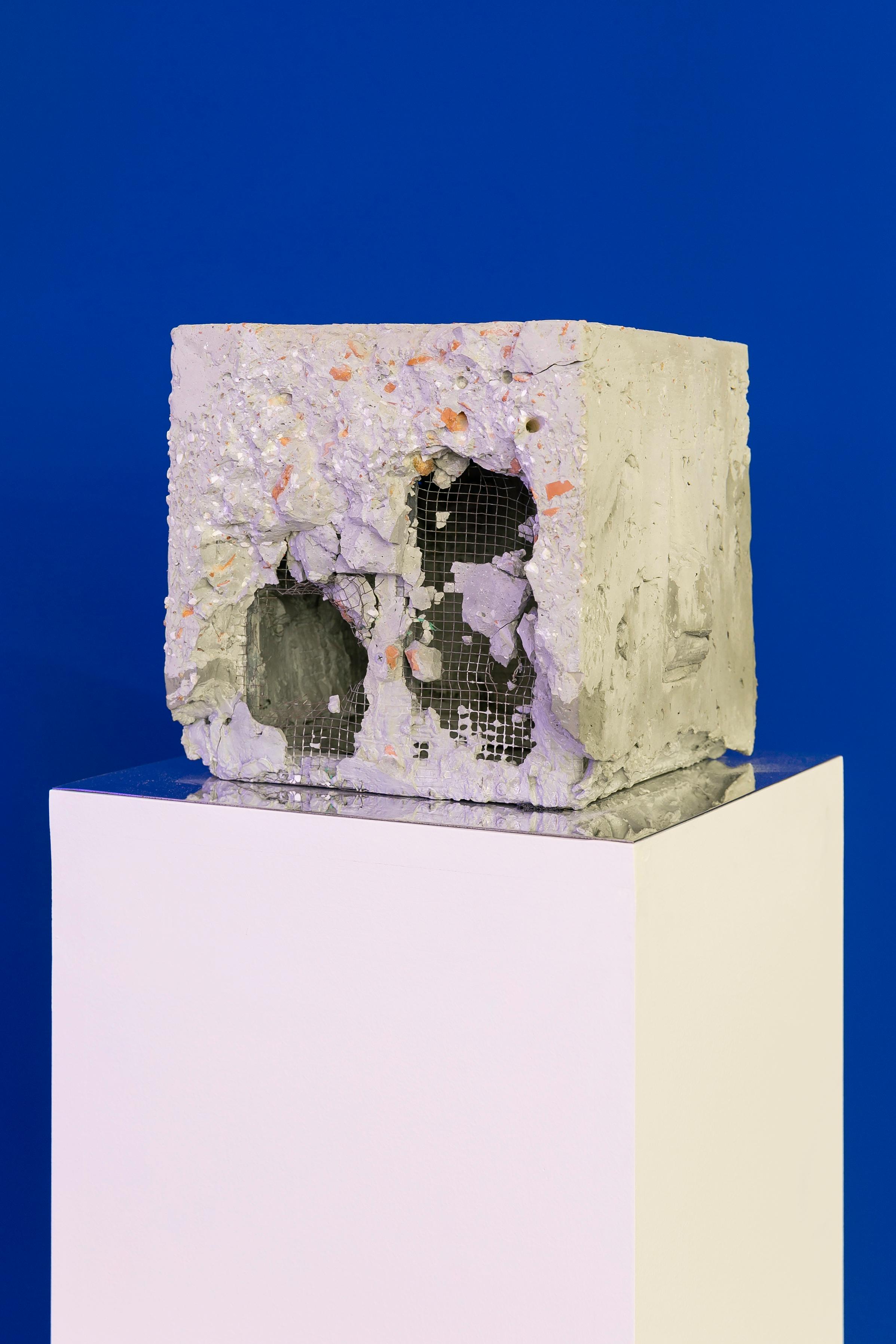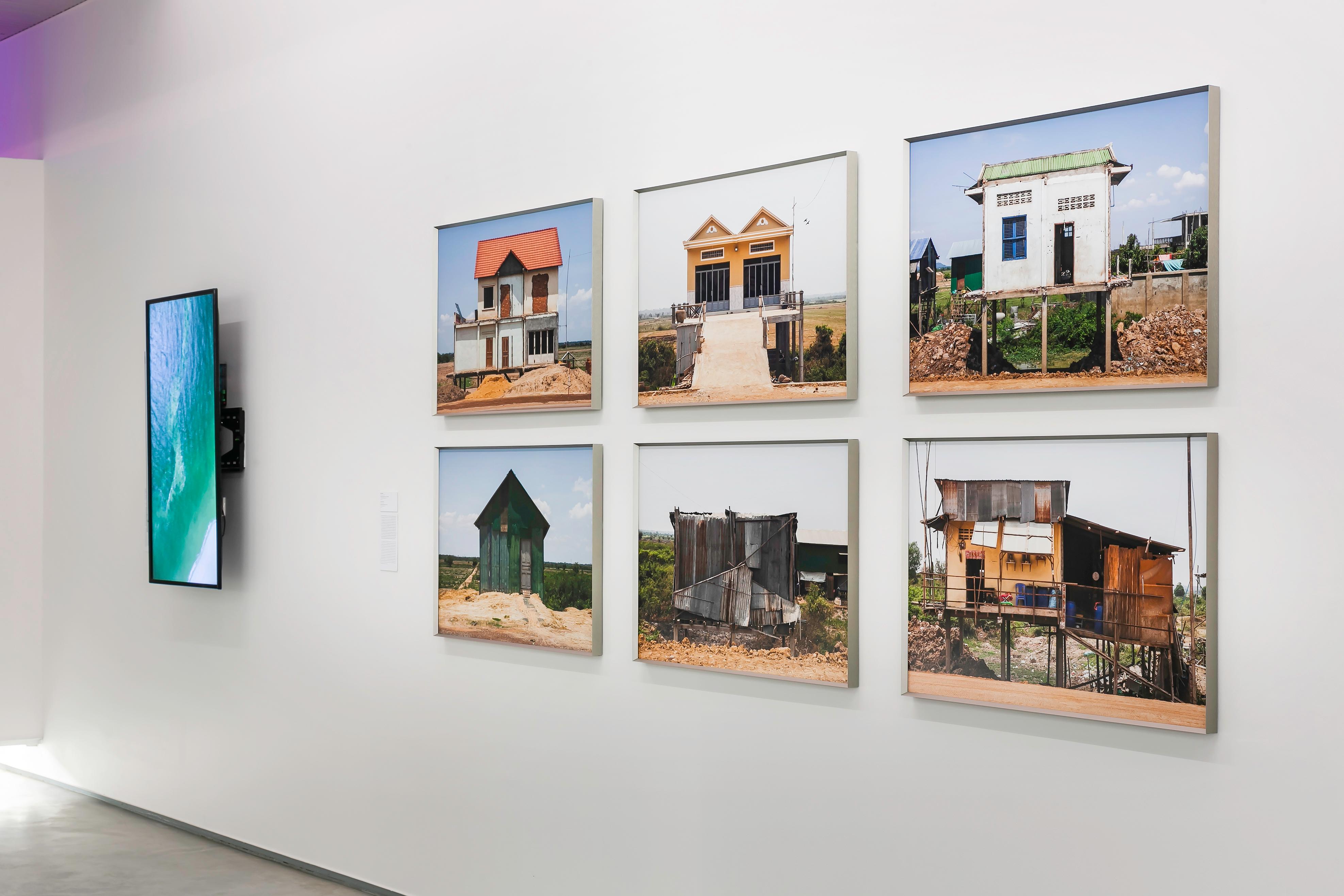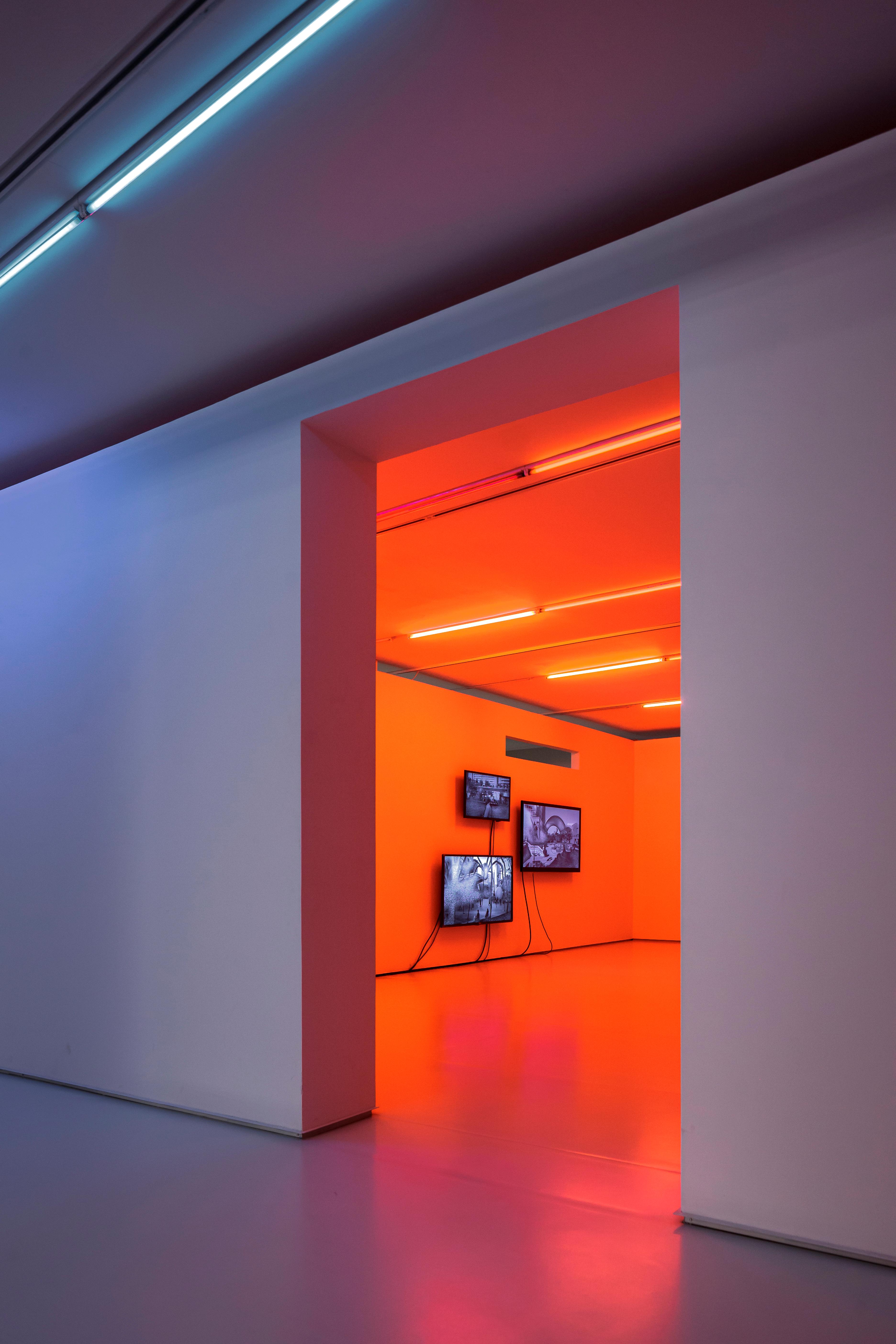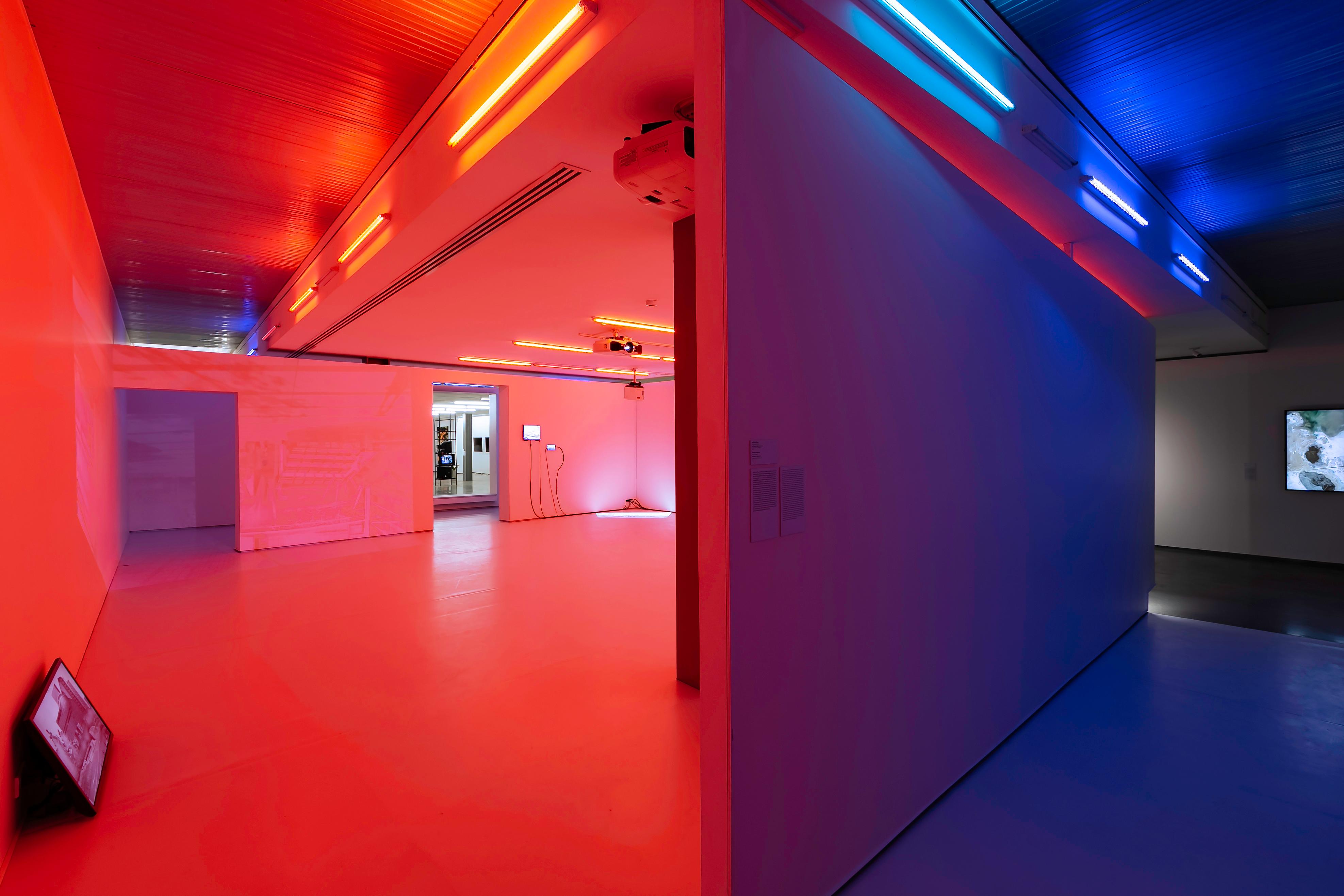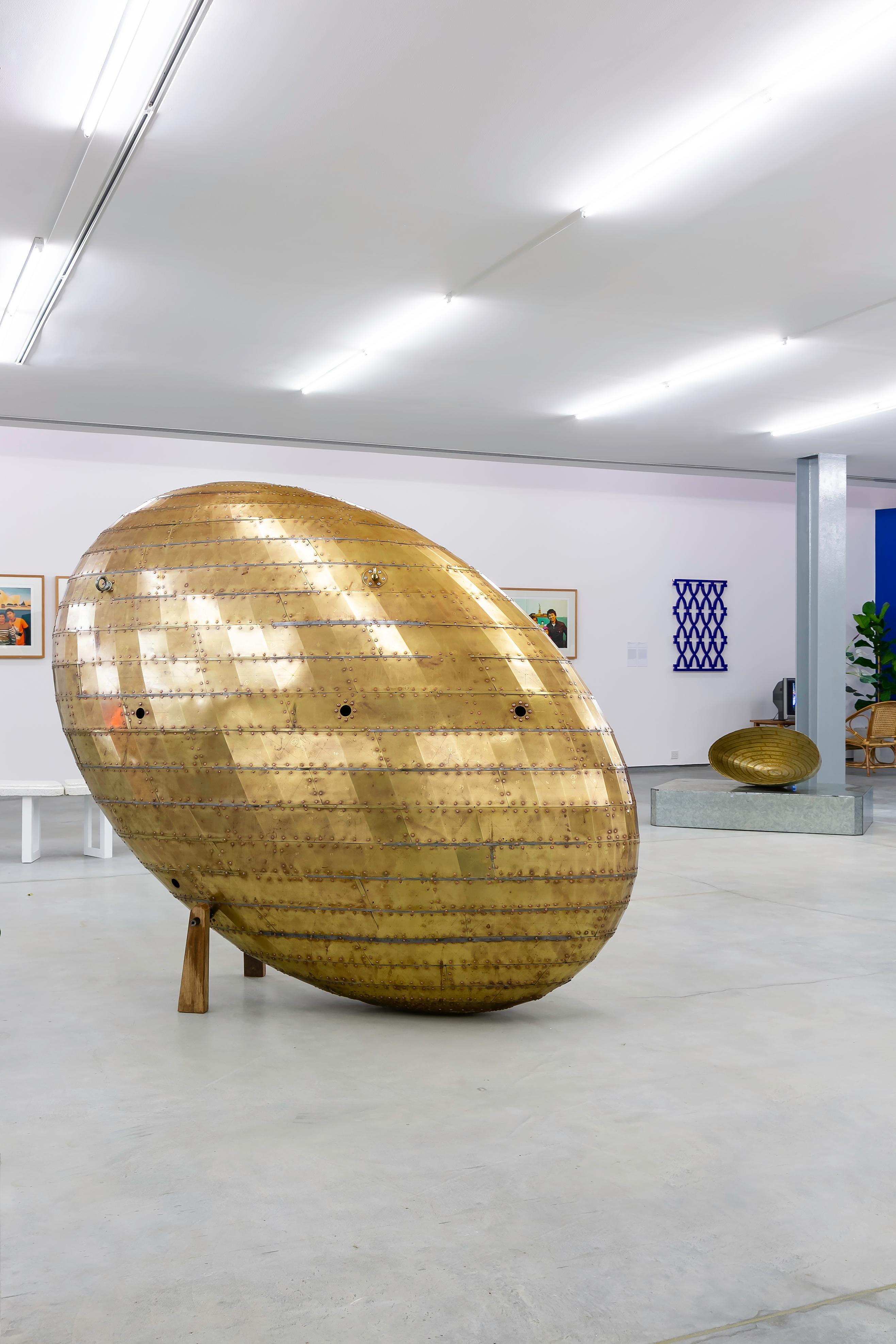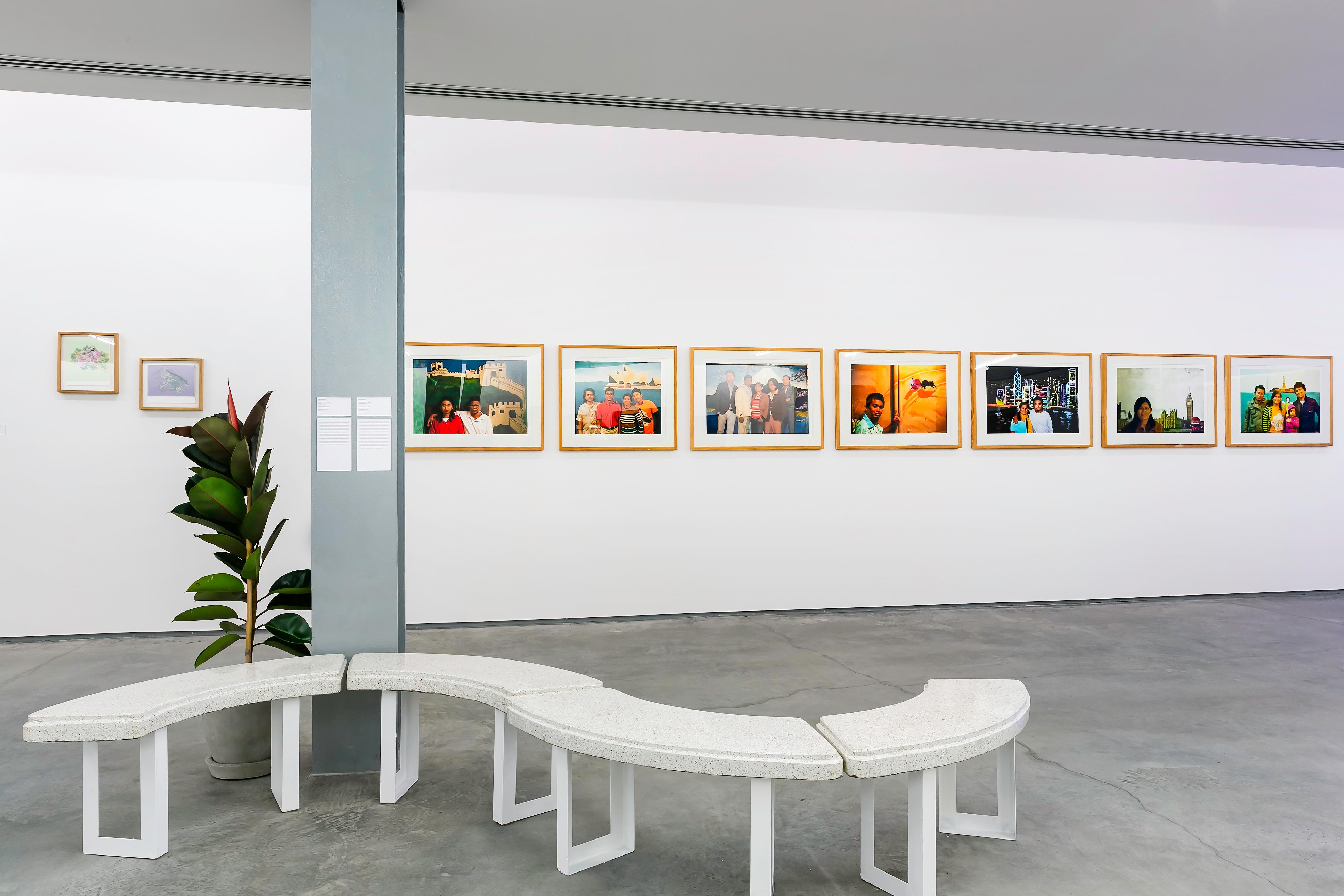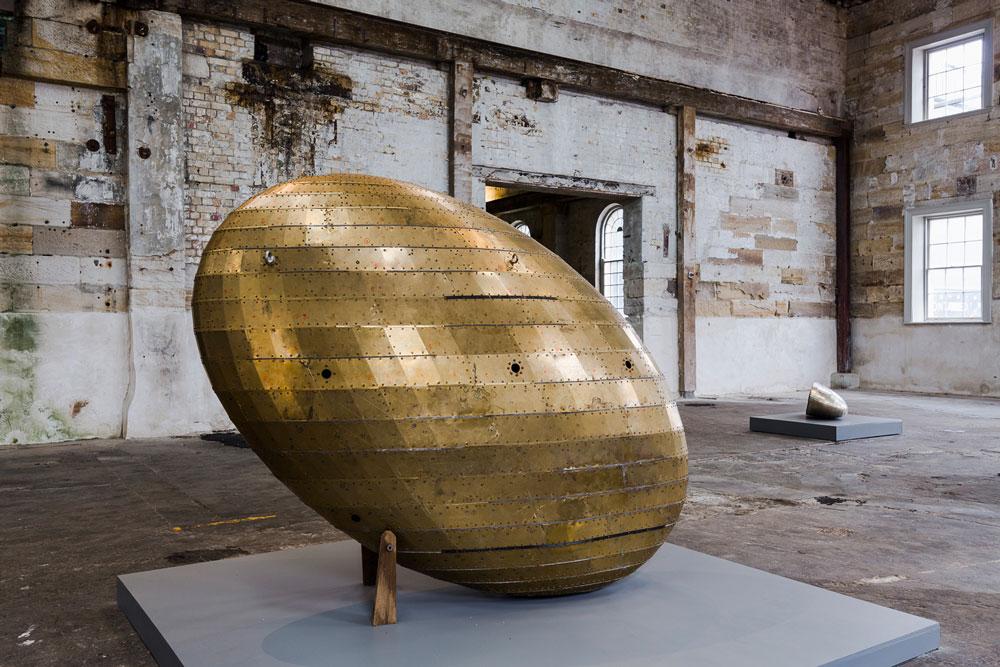
| EXHIBITION |
Group
Temporal Topography: MAIIAM’s New Acquisitions; from 2010 to Present
Albert Samreth, Anusorn Charoensuk, Charles Lim, Chulayarnnon Siriphol, Korakrit Arunanondchai, Lim Sokchanlina, Miti Ruangkritya, Niti Wattuya, Orawan Arunrak, Ruangsak Anuwatwimon, Soichiro Shimizu, Somluk Pantiboon, Sutthirat Supaparinya, Tawatchai Puntusawasdi, Tiffany Chung, Torlarp Larpjaroensook, Tuan Andrew Nguyen and Viriya Chotpanyavisut
MAIIAM Contemporary Art Museum is one of Chiang Mai’s groundbreaking art institutions; and the museum’s collection is the driving force behind this success. The collection focus is on contemporary art of Thailand and the surrounding region; with an ongoing commitment to supporting living artists within an inter-generational scope. The first acquisition began in 1992, and since then the collection has continued to prosper, reflecting and responding to the now; whilst also passing the test of time. The exhibition responds to, and re-stages this collection scope.
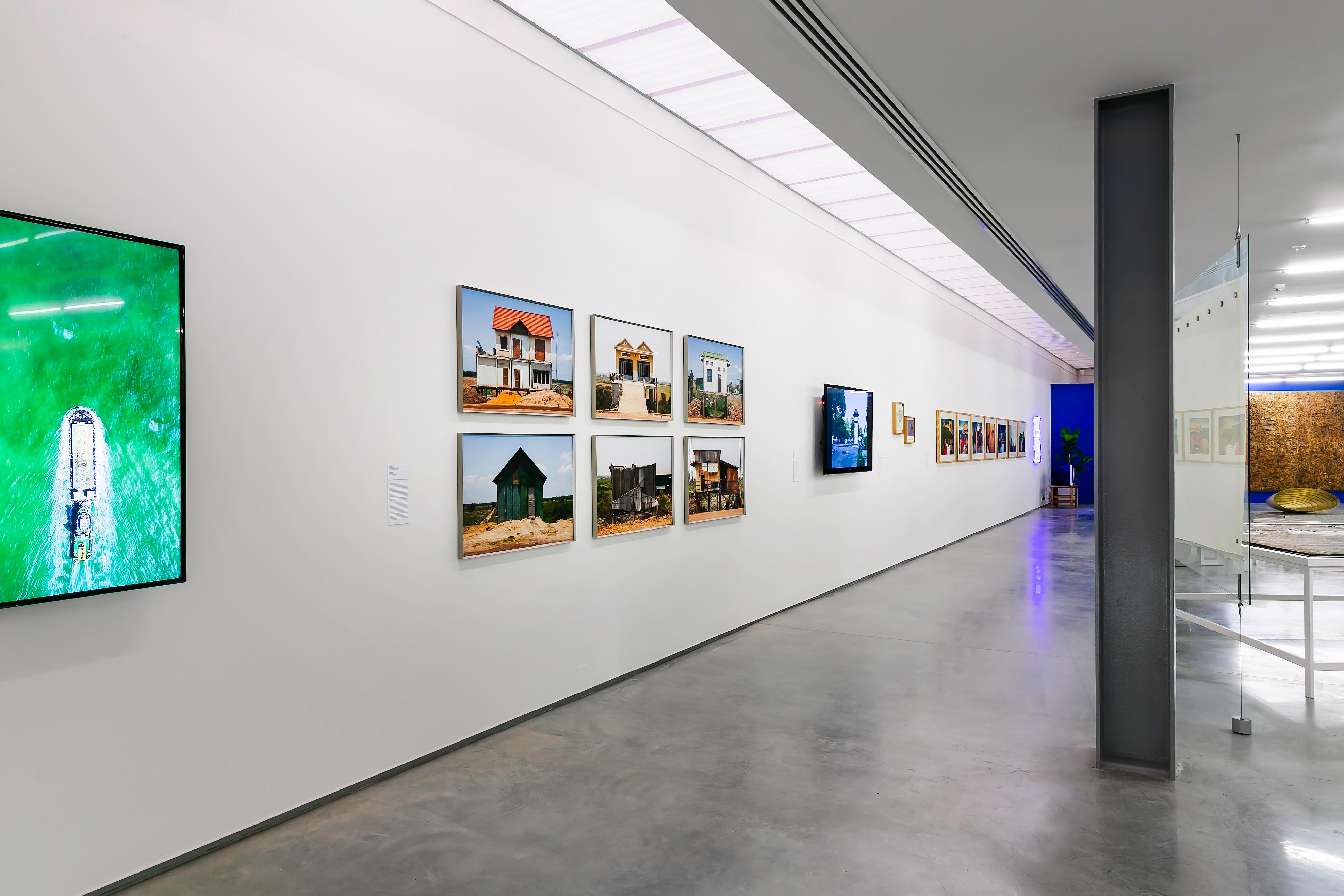

Temporal Topography takes form through the motif of the landscape, both conceptually and physically connecting a landscape, or ‘common ground’ shared between selected Southeast Asian artists working in the region, whilst also focusing on themes including geo-politics, socio-cultural landscapes, and artistic interpretation of topographical reality; Temporal Topography weaves and connects these layers. Works in the exhibition speak about territorialisation, urbanisation, conflicts and violence; also to state domination and resistance concerning specific historical events. These themes are explored alongside the interconnected relationship between place and identity; works exploring the nuances between the collective and individual.
In terms of how this is physically manifested and staged through works in the exhibition, we may see a shifting between diverse landscapes, whether they be natural scenery, urbanscape and materials scheme. In this show, artists find their ways to interpret visible reality into tangible visual currency ranging from painting, sculpture, moving images work, photography and installation. Engaging with different forms of material both in physical objects, materials and images of landscapes. For example, the use of a material such as colour paint from local soil, life-size brass-made sculpture in shape of the supermoon. As well as, the use of a dust-cloud motif, rising from new road construction in Phnom Penh, the heat of nuclear power in Tokyo, flooding in outskirts of Bangkok and family portraits with imagining landmarks. In these cases, the ideas of landscape and topography can also be extended to broader senses. Furthermore, they are no longer only responding to the geographical, but also here become biographical and personal in nature, drawing a connection with those who inhabited or who had a relationship with the space.
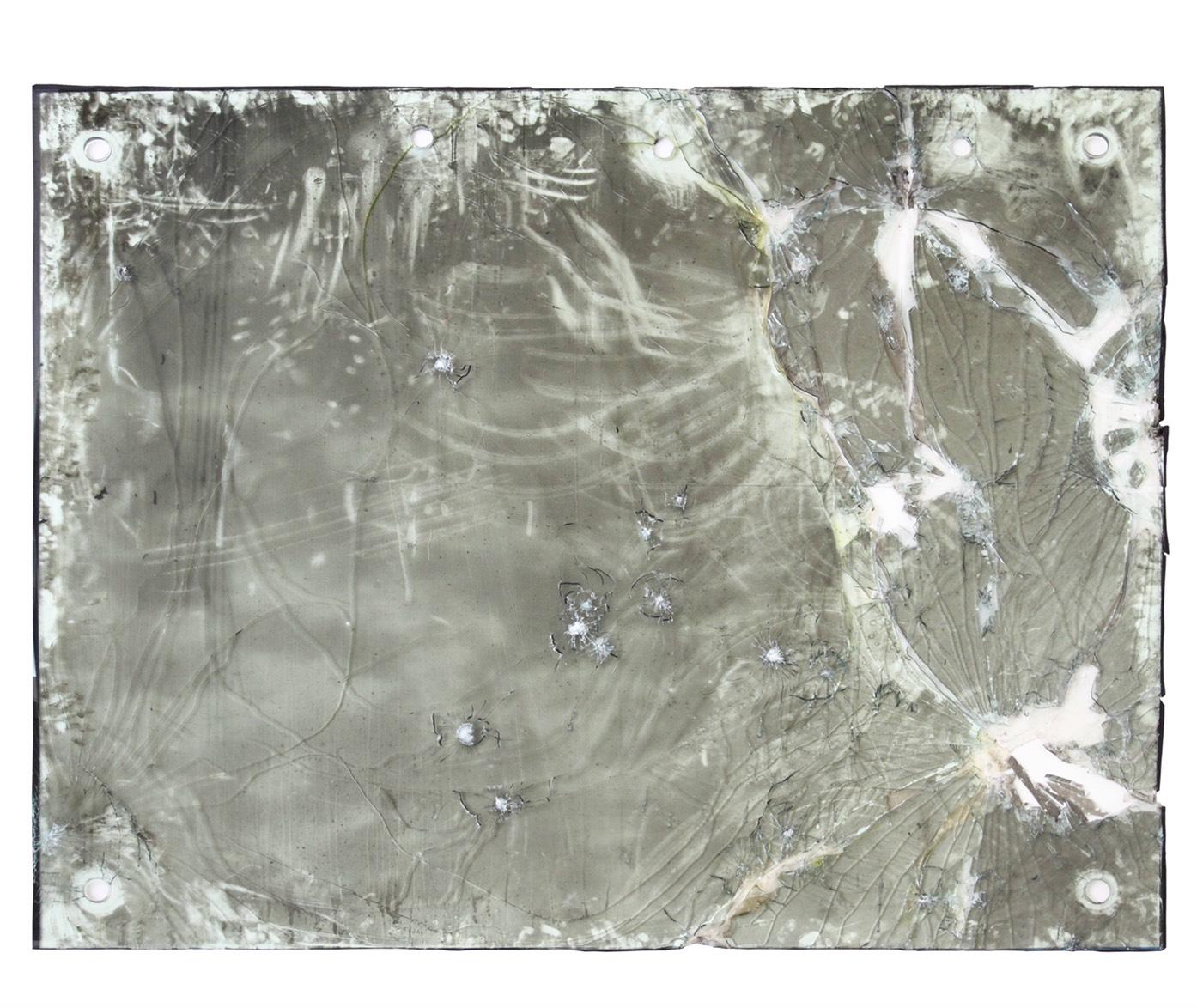
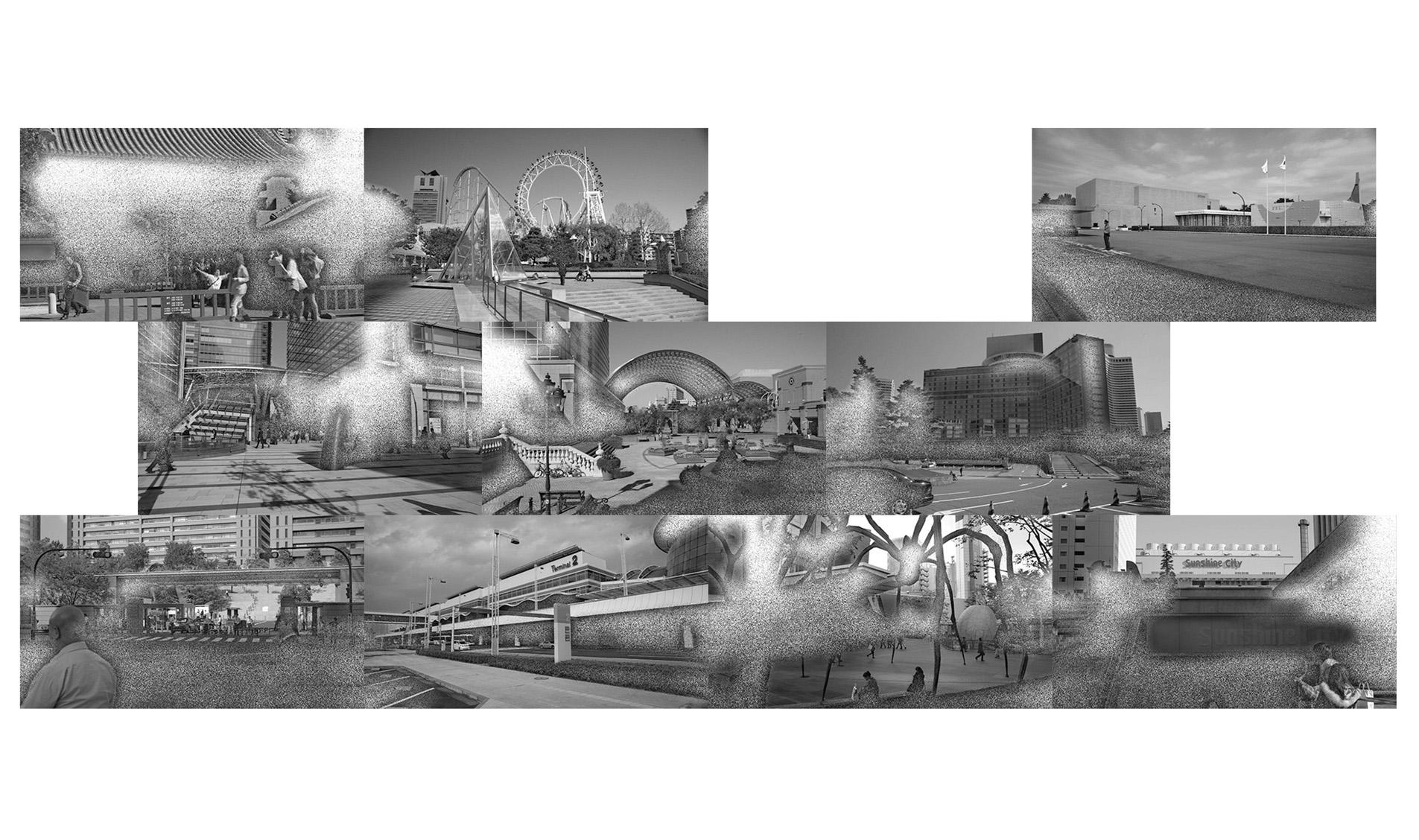

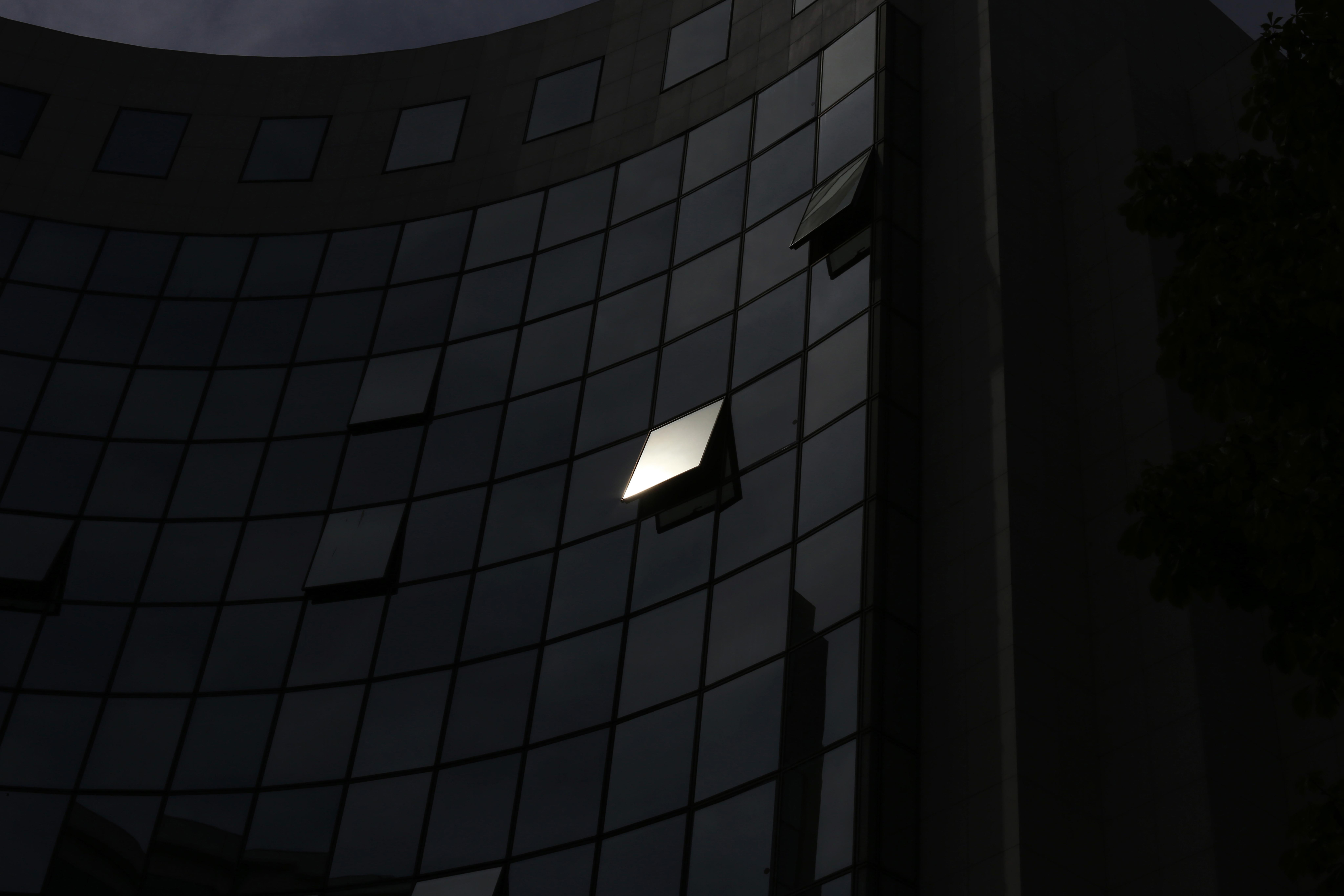
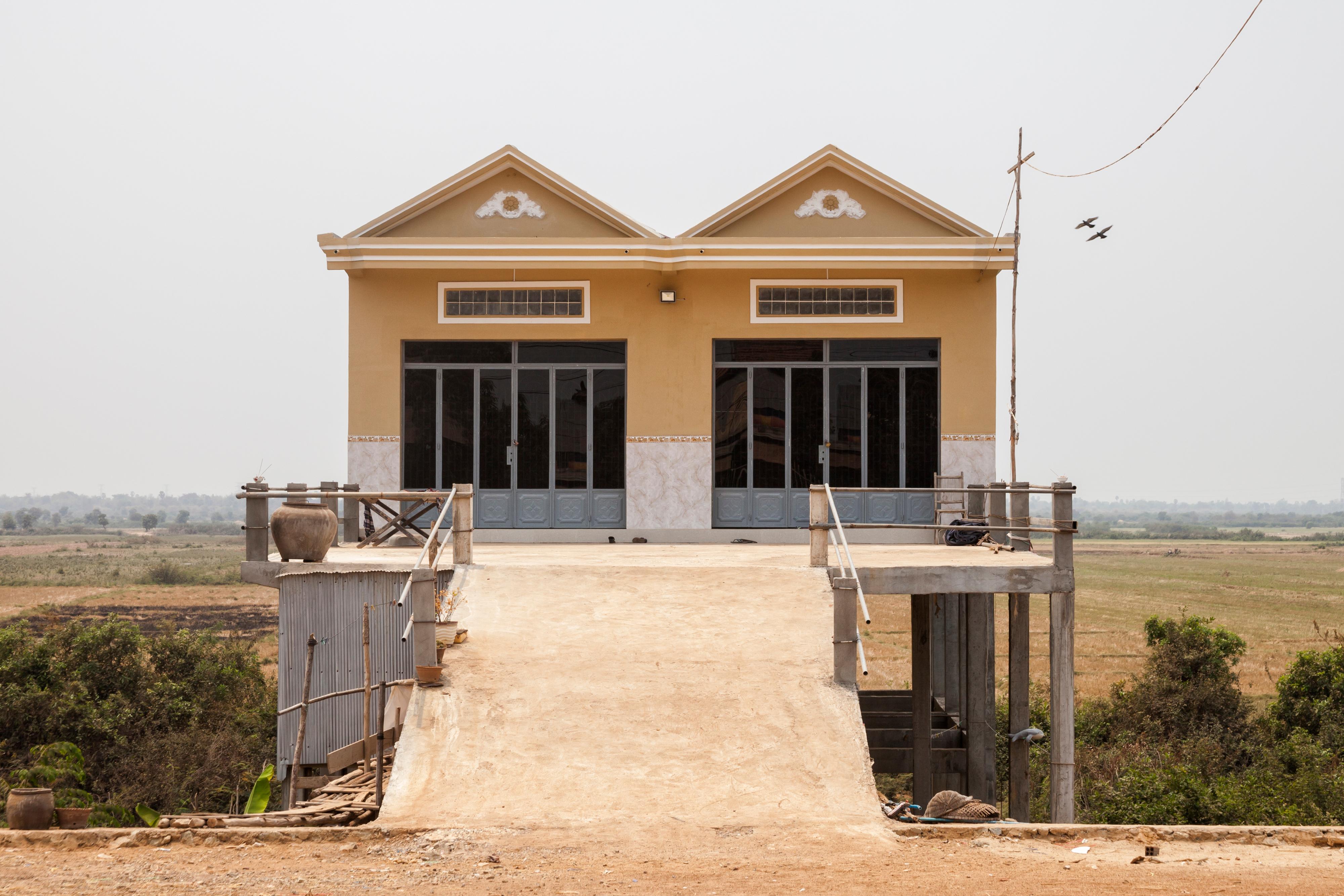
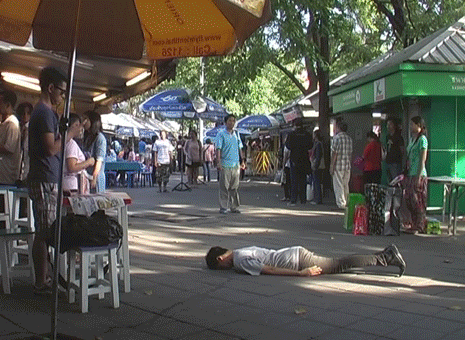
'
